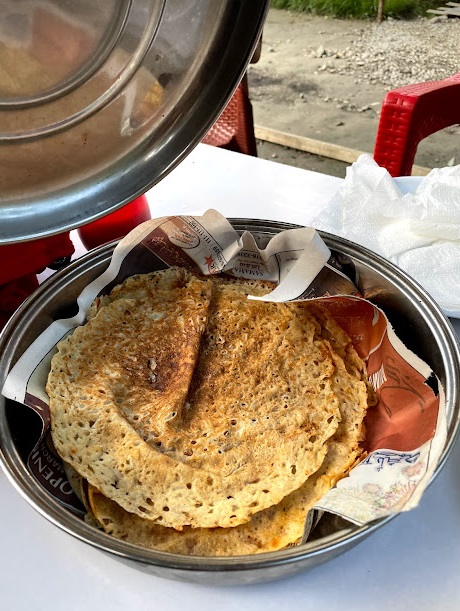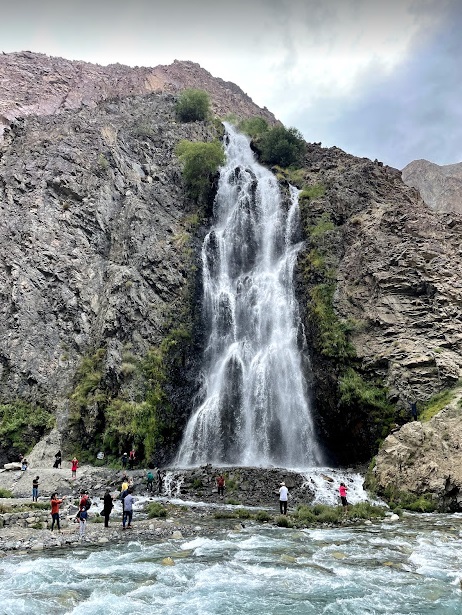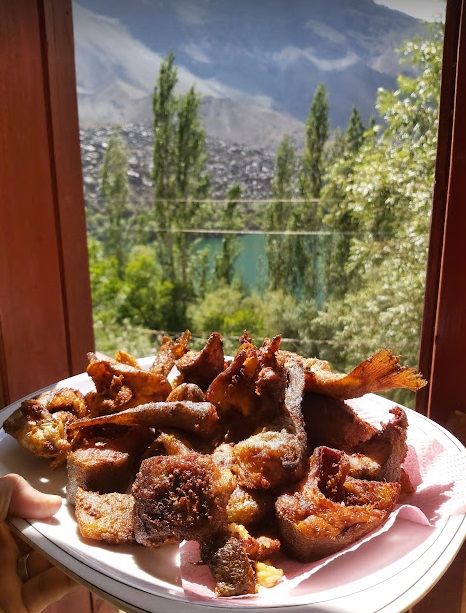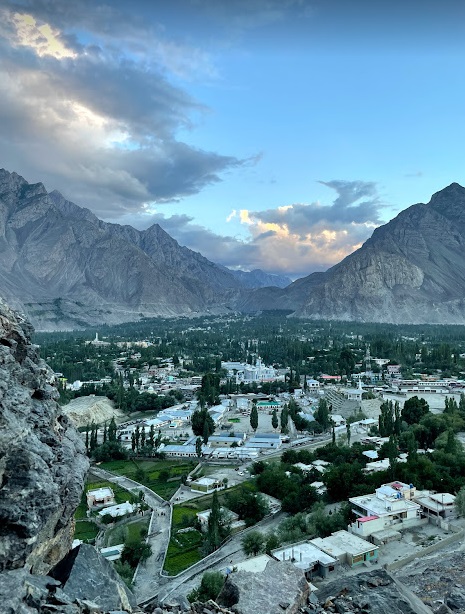Written by: Nayha Jehangir Khan
Posted on: September 03, 2021 |  | 中文
| 中文
Upper Kachura Lake
I was looking for a short excursion that would not compromise on achieving the full experience of visiting the Northern Areas of Pakistan. The road is an important part of the journey, but taking to the skies can shorten your trip exponentially, making it easier to travel. We had our eyes set on reaching Skardu as soon as possible, choosing to take the flight instead of the 16-hour road trip.
Considered to be one of the most scenic flights you can take in the world, the total time of the Islamabad to Skardu flight was only one hour. Soaring through the skies you can see the mighty Himalayan Mountain Range in all its glory, just be sure to be seated on the right side to see Nanga Parbat, and left side to catch a glimpse of K2 nestled among the clouds. Other sites visible during the flight are the region of Chillas, Naran, Babusar Pass, Lulusar Lake and while landing, the millennia old Indus River welcomes you to Skardu.
We checked into the recently opened Byarsa Hotel located on Shangrilla Road. The modern decor was minimal, rustic and contemporary, complementing the rock formations and eye-catching lush green foliage outside each window. The meticulously designed interior of the hotel has a relaxing effect. ‘Byarsa’ is the word used for Deosai in the locally spoken Balti language, it means ‘a place of summer’. This is a luxury hotel offering comforts usually unavailable in the remote high peaks. The surrounding areas have scenic lakes that are easily accessible by jeep. There are plenty of picnic spots close to smaller streams and the Indus River.
The local cuisine of Skardu is made with herbs unique to the region. Apricot and walnut oil are popular staples in their cuisine as these are rich sources of vitamins and energy. In order to appease our appetites for local cuisine, we ordered in advance at the close by “Skarchin Camping Centre & Restaurant,” located five minutes from the hotel. We wanted to try “Plopwo”, which they offered to have made at their family home and served to us at the restaurant for dinner. Plopwo is a popular local dish in Skardu. It is a cross between gnocchi and dumplings. Made with whole wheat atta (flour), the dumplings are boiled like gnocchi and then dried. They are then mixed with a crushed walnut paste flavored with ginger and garlic, and garnished with ghee as a finishing touch. This was a very satisfying and reasonably priced meal. Trying the fresh apricot juice with the local omelet crepes and Marzan, a soft bread shaped in concave formation with a desi ghee (fat) dip, is also recommended.
The short jeep ride to Upper Kachura Lake is an ideal daytime activity that includes a walk to the lake, a scenic boat ride, fishing and leisurely swimming for those who want to cool off. The fresh trout is incomparable as compared to the fish available in major cities across Pakistan. The lunch served comprised of daal (pulses), aloo sabzi (potato curry) and steaming hot naan (flatbread) was delectable.
The next day we headed out for Manthoka Waterfall, which is in the district of Kharmang Baltistan 80 km from Skardu. During the drive, we got to see Sarfaranga desert, which is the world’s highest desert, with an altitude of 2300 meters. The Cold Desert is famous for hosting the popular Sarfaranga Desert Rally. Our next destination was the Kharpocho Fort, built in the 17th century. The word Kharpocho means ‘The King of Forts’, and the fort has a single entry point where the guard graciously allows tourists to peek inside. The climb to the fort is difficult, it requires focus and balance to manage sharp turns and the narrow trail lined with loose rocks. Once at the top, one can see the entire city of Skardu, and the confluence of the rivers below the fort.
A visit to Skardu is not complete without driving up to the Deosai Plateau. The Satpara Lake collects the melted ice of the Deosai plains and through a dam, generates hydro power for the entire Skardu city. Sheosar Lake is 50 minutes from Bara Pani in Deosai Plains. When exploring the road, you will experience the rising clouds, the endless skies and rustling winds blowing across the peaceful Sheosar Lake. Deosai Plains is nestled above the tree-line, which means no tall trees can be seen in the area, only shrubbery dancing in the wind. There are colorful flowers across the plains. The wildlife includes bright yellow birds being chased by mountain marmots. The bear safari of Deosai gives you the chance to see a rare Himalayan Brown Bear.
You don’t have to pack a tent, sleeping bag, thermals, flashlights, power packs to charge your phone, just take advantage of the luxurious Glamp Pakistan camping ground located at Bara Pani. On your way back from Deosai, be sure to stop by the Manthal Buddha Rock, a 9th century relief that is perfectly preserved and depicts a large resting Buddha surrounded by smaller Bodhisattvas.
We plan to visit the Katpana Desert, Chaqchan Mosque, Khilingrong Mosque, Astore Valley, Khaplu Fort and Shigar Fort on our next trip, as these are considered notable tourist destinations. We comfortably vacationed on the roof of the world for four days and nights, and experienced not just breathtaking scenery but a world which is still frozen in time, enriched with some old and ancient monuments.




You may also like: